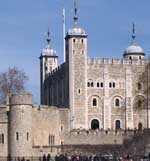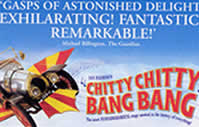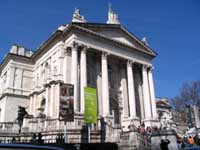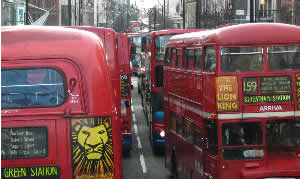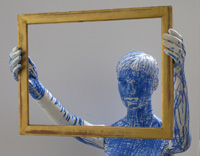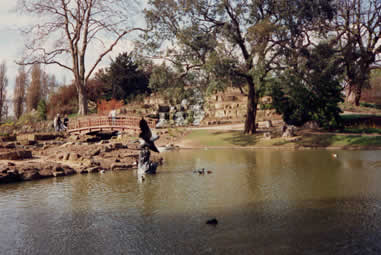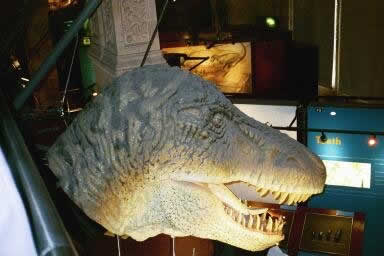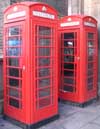Exhibitions currently running:
Sebastião Salgado: Genesis - The world premiere of Sebastião Salgado: Genesis unveils extraordinary images of landscapes, wildlife and remote communities by this world-renowned photographer. Until 8 September.
Extinction: Not the End of the World? - What does extinction mean to you? Death, the end? Or maybe a new start? In this exhibition, astonishing images, real specimens and interactive installations will bring to life some of the amazing lost species. It will highlight those endangered today, as well as the remarkable stories of survivors of mass extinctions. Until 8 September.
Darwin Centre (Phase One) - In Phase One of the new Darwin Centre you can access a working scientific building. Here you can see zoological specimens on display in the visitor space and explore, via touch screens, the Museum's collections and find out more about the scientific research that is currently underway at the Museum. Free tours behind the scenes and events with scientists take place daily.
Darwin Centre Explore - Go behind-the-scenes on a tour of one of the world's most extensive natural history collections. See vast storerooms in a building where some 22 million zoological specimens are housed. Tours leave every 30 minutes daily. A limited number of tickets are available in advance at www.nhm.ac.uk/darwincentre (includes booking fee) or on 020 7942 6128 (lines operate 10.00-18.00)
Darwin Centre Live - Darwin Centre Live is a varied daily programme of free events where visitors can meet Museum curators and researchers to find out about their work, recent scientific discoveries and the Museum's vast collections. Darwin Centre Live events run at 14.30 weekdays and 12.00 and 14.30 at weekends. A full listing can be found at www.nhm.ac.uk/darwincentre
Darwin Centre opening times: Monday to Saturday 10.00-17.50, Sunday 11.00-17.50 Public enquiries: 020 7942 5000
Permanent exhibitions -
Dinosaurs, volcanoes, precious gems, creepy crawlies - as a visitor to the Natural History Museum you will be amazed by the diversity of our natural world. 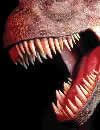
The Museum is not only home to the nation's finest collection of natural history specimens, but is also one of the UK's top attractions, with more than three million visitors a year. The collection we look after here now has 70 million plants, animals, fossils, rocks and minerals - many of which are displayed in fascinating exhibitions.
Highlights include:
· exploring the Natural History museum Dinosaurs gallery, with its animatronic T. rex
· travelling through a giant suspended globe
· becoming a scientist in Investigate Centre, our hands-on education space where you can examine hundreds of real natural history specimens
· seeing every colour of the rainbow in the Aurora Collection, 296 natural coloured diamonds.
The Vault - Discover nature’s masterpieces at The Vault, a new free gallery at the Natural History Museum. It reveals the stories behind some of mother nature’s rare, unique and valuable treasures through a dazzling collection of the finest gems, crystals and metals from around the world. The delights held in The Vault will inspire both fashionistas and fans of gemstone geology. These include an extraordinary pink morganite beryl from Madagascar, an incredibly rare orange padparadscha sapphire from Sri Lanka and a 1,700-carat topaz found in the late nineteenth century.
The Aurora Collection is also part of The Vault’s exclusive assortment. This world-class set of 296 naturally coloured and exceptionally rare diamonds includes the 12 colour varieties of this exquisite stone, ranging from emerald green and lemon yellow to blood red and lavender blue. The 267.45-carat display highlights a little-known property shared by coloured and white diamonds – some of them glow and change colour when exposed to ultra-violet light. Other highlights in The Vault have stellar origins such as the Nakhla, an extremely rare Martian meteorite that people in Egypt witnessed falling to Earth in 1911. It is one of fewer than 100 known specimens in the world. The Vault replaces the meteorites display in the Minerals gallery, and is free to all visitors to the Natural History Museum.
Explore - The Natural History museum looks after more than 70 million specimens representing the variety of life on Earth. Take a free behind-the-scenes tour to see snapshots of these collections and find out how they are used by our 300 scientists. The tour also includes a visit to one of their largest specimens, a giant squid. Tours last about 45 minutes. Numbers are limited, so please book at the information desk in the Central Hall when you arrive. Children must be accompanied by an adult, and tours are not suitable for children under eight.
Up to eight tours run daily, taking up to seven people. Wheelchair users need to book in advance for an Explore tour and should meet at the front of the Museum for the start of the tour.
Natural History Museum history:
Alfred Waterhouse`s purpose-built mock-Romanesque colossus ensures the Natural History Museum`s status as London`s most handsome museum. Its vast collections - and there is much more hidden away in the vaults - derive from a bequest by Sir Hans Sloane to the British Museum, and it was separated off in the 1860s after a huge power struggle.
Charles Darwin, notably, opposed the move, in part for the separation of science from the other arts, in part due to his hatred of the founding director, Richard Owen, an amazing figure, who arranged expeditions around the globe to provide everything from butterflies to dinosaurs for the museum`s cabinets. Caught up, without huge public funds, in the current enthusiasm for museum redesign and accessibility, the contents are a mishmash of truly imaginative exhibits peppered among other little changed since the museum`s opening in 1881.
Thirty-six crates containing the cast of Diplodocus arrived in London in February 1905. The Director of the Carnegie Museum, William Holland, came over to oversee the installation, along with Arthur Coggeshall, pictured here, Chief Preparator in the Carnegie's Paleontology Section. This photograph was taken just after the official presentation - the chairs have not been fully cleared away - as Diplodocus was first displayed in the Reptile Gallery in the west wing (now part of the Hall of Human Biology).
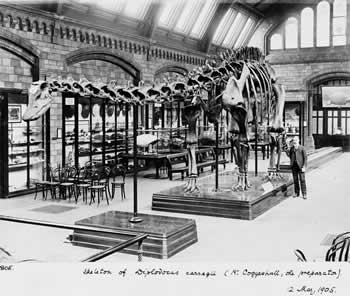 Diplodocus on display, May 1905 Image © The Natural History Museum
Diplodocus on display, May 1905 Image © The Natural History Museum



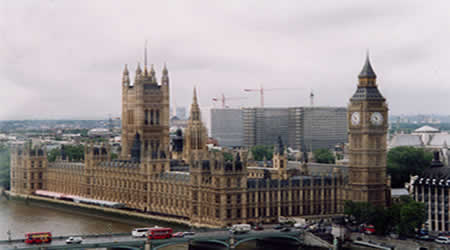
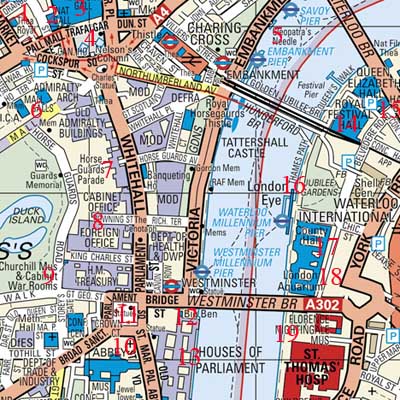

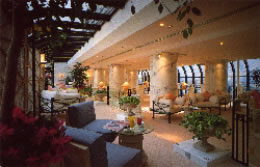
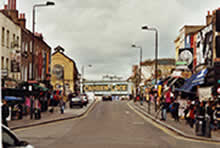
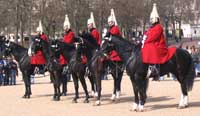

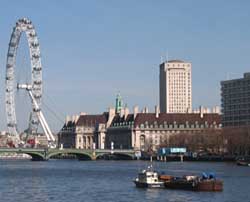
.jpg)
